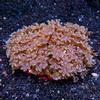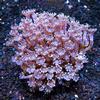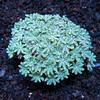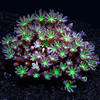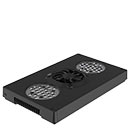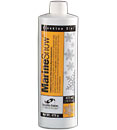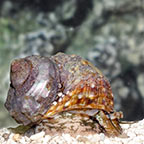Glove Polyp
(Clavularia sp.)
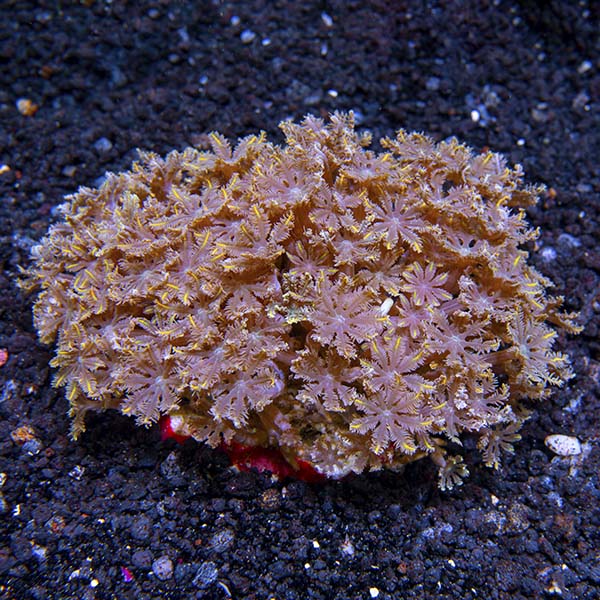
Please Note: Due to variations within species, your item may not look identical to the image provided. Approximate size range may also vary between individual specimen.
Please Note: Due to variations within species, your item may not look identical to the image provided. Approximate size range may also vary between individual specimen.
Glove Polyp
(Clavularia sp.)
Additional locales and sizes may be available!
Additional locales and sizes may be available! Email me when availableQuick Stats
Care Level
Easy
Temperament
Semi-aggressive
Color Form
Green, Red, Tan, White
Water Conditions
72-78° F, dKH 8-12, pH 8.1-8.4, sg 1.023-1.025
Family
Clavulariidae
Lighting
Moderate
Supplements
Iodine, Trace Elements
Waterflow
Medium
Placement
Middle to Top
What do these Quick Stats mean? Click here for more information
Care Level
Easy
Temperament
Semi-aggressive
Color Form
Green, Red, Tan, White
Water Conditions
72-78° F, dKH 8-12, pH 8.1-8.4, sg 1.023-1.025
Family
Clavulariidae
Lighting
Moderate
Supplements
Iodine, Trace Elements
Waterflow
Medium
Placement
Middle to Top
What do these Quick Stats mean? Click here for more information
Overview
The Clavularia Glove Polyps are also commonly referred to as Eight Tentacle Polyps, or Encrusting Polyps. They are brown, tan, pink, green, or white in color and their polyps have the distinctive eight-leaved tentacles associated with all the members of this family. They are colonial animals with several individual polyps attached to a single piece of live rock and are often stung and damaged by other aggressive corals. Therefore, they need adequate space between themselves and other corals.
They are not difficult to maintain and require moderate lighting combined with moderate water movement. They require the addition of iodine and other trace elements to the water. They will grow rapidly in the established reef aquarium by encrusting over adjacent rock work or even other corals.
The symbiotic algae zooxanthellae hosted within their bodies is responsible for providing the majority of their nutritional requirements via the algae's light drive process of photosynthesis. They also benefit from weekly feedings of micro-plankton or foods designed for filter feeding invertebrates.
Approximate Purchase Size: Small: 1" to 2-1/4"; Medium: 2" to 4-1/4"; Large: 4" to 7"
Supplies You May Be Interested In
Customer Testimonials
Alex Madill
Winchester , VA
This is one of the first corals I purchased for my reef. It seems to do very well under T-5 lighting, and enjoys placement around the middle range. It grows very quickly so place it somewhere with a bit of room. A great buy.
1-1 of 1 testimonials


